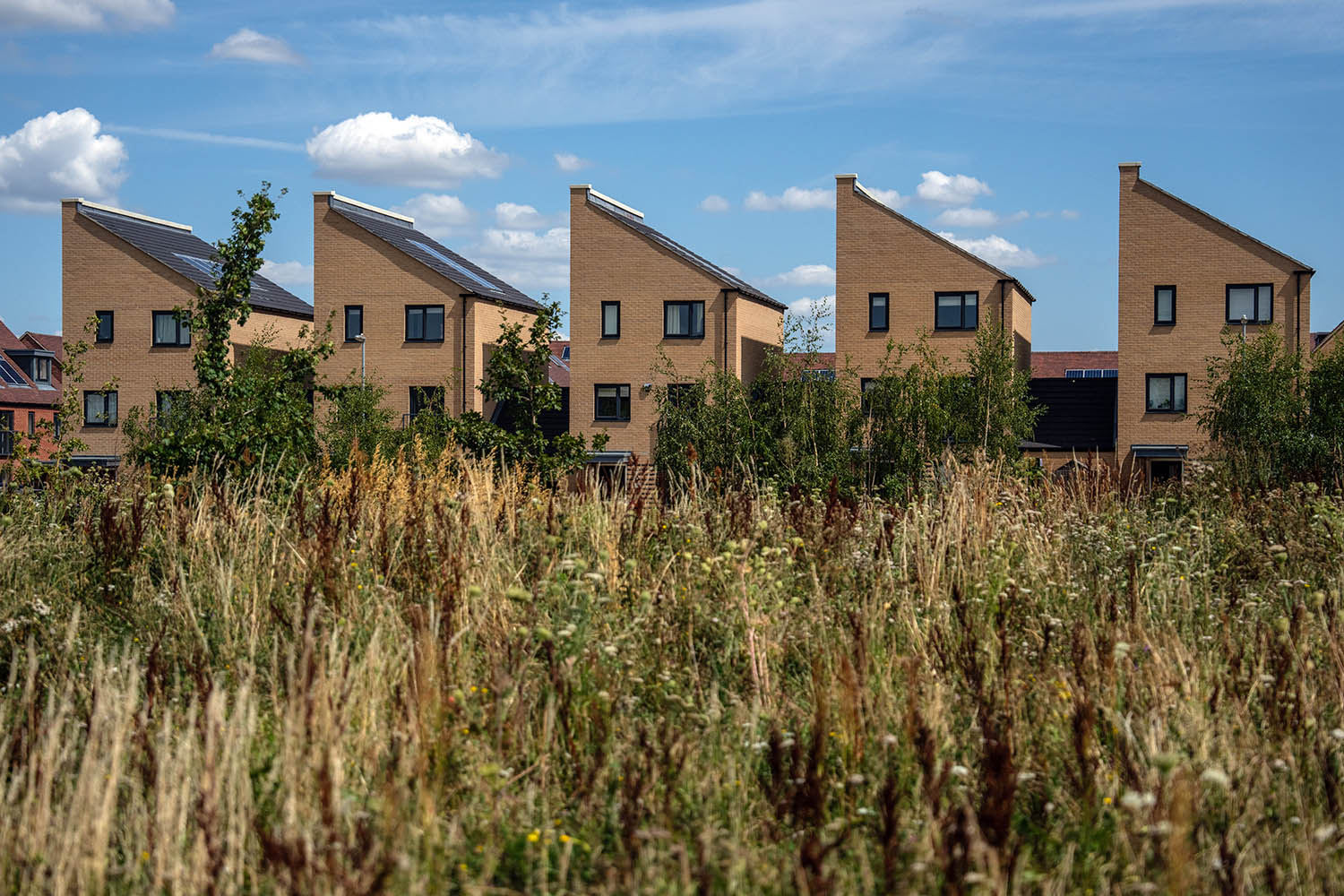At the start of this month the government pledged billions to build 180,000 homes at “social rent” set at around half the market rate.
So what? Labour isn’t short of bad news, so it is surprising to find a policy announcement that could be transformational and has been barely discussed outside the sector. Building social and affordable housing doesn’t just stimulate the economy directly, it is helpful for
•
business: creating housing for workers so companies can expand;
•
the NHS: damp, cold and mouldy homes are bad for people’s health; and
•
education: social housing takes families out of temporary accommodation.
Backdrop. In the late 1960s, more people rented from councils and housing associations than private landlords. Right to Buy transformed that by selling off council houses. As local authorities couldn’t reinvest the proceeds in building new homes, social housing dwindled.
Reinvention of the slum. The result is that the private rental sector boomed, but with homes of poorer quality than those provided by councils or housing associations – more likely to fail the Decent Homes Standard, a measure of whether a house is safe, warm and in good repair.
Ironically, while Margaret Thatcher’s policy was meant to encourage home ownership, many council houses sold under Right to Buy are now rented out in the private sector in far worse condition. But a string of recent announcements spell more money and more certainty for the social housing sector, including
•
a £39 billion investment in social and affordable homes over the next decade (‘affordable’ rents are usually defined as 80 per cent of the private rate);
•
allowing social rents to increase above inflation every year for a decade; and
•
exempting newly built social and affordable housing in England from Right to Buy for 35 years (Scotland and Wales have already abolished the scheme).
Of the moment. Labour also plans a programme of new towns, each with at least 10,000 new homes. This ought to be a triumph at a time when the frontrunner for New York City mayor has built a campaign around affordability that has resonated with younger voters in the UK.
Wedge issue. Social housing also divides the Conservatives, with many Tory MPs needing to soothe Nimby voters, and others worried about how they might appeal to young renters. But there are three reasons why the news hasn’t cut through.
•
Labour: the party may be scared to shout about it. In their last manifesto, the Tories proposed a ‘local connection’ test for social housing. Roughly 90 per cent of social housing tenants are British citizens but an attack doesn’t need to be accurate to land.
•
Voters: for most Brits housing ranks much lower than the economy, immigration and health. It’s a bit different in London, where 30 per cent see it as an important issue.
•
Caution: despite the ambition and the funding, building a lot of new houses is like turning a supertanker around, and the waters are not particularly favourable at present.
The government has set a target of 40 per cent of homes in its new towns to be affordable. For the numbers to work, the other 60 per cent need to be sold at a profit. But since the pandemic, construction costs have spiked. And the housing market, especially in London, looks stagnant.
Broader shifts. The British usually think of themselves as a nation of homeowners, but owner occupation has declined since 2005. Related is the fact that since the financial crisis, mortgage lending has become tighter. Richard Donnell from Zoopla said: “Risk aversion and mortgage regulation has seen lenders focus on households with higher income and greater equity.”
What’s more… The average household income of first time buyers is now £73,000. It’s an increasingly elite group of people who can afford to own the roof over their heads. A new generation of social housing has rarely looked more essential.

